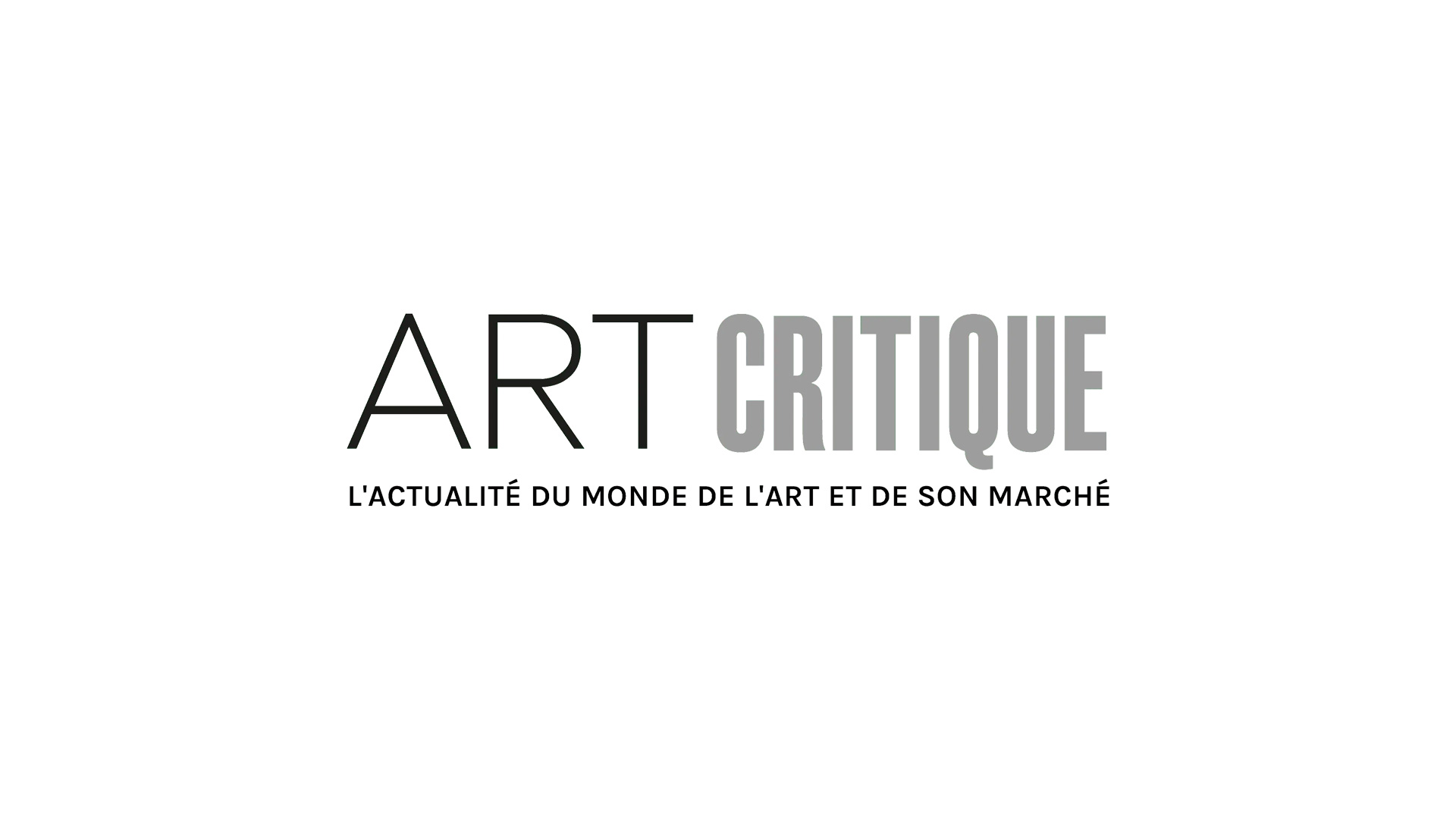Artists have been the inspiration for many successful films, whether they are painters like in Van Gogh (1991) by Maurice Pialat or Pollock (2000) by Ed Harris or even musicians as in Last Days (2005) by Gus Van Sant or Anton Corbijn’s Control (2007). The difference between these films and The Square from Ruben Östlund (winner of the Palme D’or in 2017) is that the latter doesn’t have an actual artist as its subject but rather a museum curator, a leading figure of our contemporary society, and through him we are invited into the whole realm of the art world.
Christian (played by Claes Bang) is a curator who works in Stockholm, drives an electric car, charms everyone he meets and is divorced but wants to be there for his children. He is representative of a cultured urban elite, sure of itself but discreetly effete. Christian is a cliché, but a cliché with nuance. We first meet him at the start of the film when he is in the midst of supervising the installation of an art piece dubbed “The Square”, a luminous box-like shape traced on the ground and inspired by conceptual art. “The Square” is about to replace an equestrian stature, a symbol deemed to be “outdated” of a classical art that strives to find the good. Although the equestrian statue evokes the authority of a glorious historical figure, “The Square” is an installation which carries a humanistic and democratic message. It can be read on a plaque mounted on the ground in front of the illuminated square: “The Square is a sanctuary where trust and caring prevail. Inside we are all equal in our rights and responsibilities”.
The director’s irony begins with a message of confusing sentimentality. It continues until the very end of the film. For the next two and a half hours, without any real dramatic progression, Ruben Östlund alternately presents sketches which are all marked by the opposition between appearing and being and civilization and savagery.
For example, at the beginning of the film, Christian is walking down a street in Stockholm. A young woman is being chased by a thug and calls out for help. With the aid of another passerby, Christian timidly intervenes and manages to discourage the attacker. He feels proud of what he believes to be heroism, a heroism that conforms to his own self-image and the image that he projects to others (appearing). But moments later, he notices that the whole incident had been staged to create confusion so that he could be robbed of his cellphone, his wallet and everything right down to his cufflinks. He has been the unwitting dupe of a team of pickpockets (being).
What follows is in keeping with that theme : a publicity campaign for the installation « The Square » is awarded to an office of young pretentious hipsters who end up immersed in a huge scandal: an unispired affair with an American journalist; a gala dinner with a Russian performer who terrorizes the tuxedo- wearing guests (civilization) by mimicking a gorilla until they all rush toward him and beat him to death (savagery). This scene is performed and filmed with a rare virtuosity.
The only weakness of the film is possibly in its systematic approach : there is nothing, decidedly nothing worth saving in Christian, nor in those around him. Ruben Östlund’s sociological inquiry is fine but conditional: the treasures of the art world can only hide cowardice, pretention and pettiness. Without a doubt the film’s disenchanted outlook is not without foundation, but by going so far, does it not miss its target?






